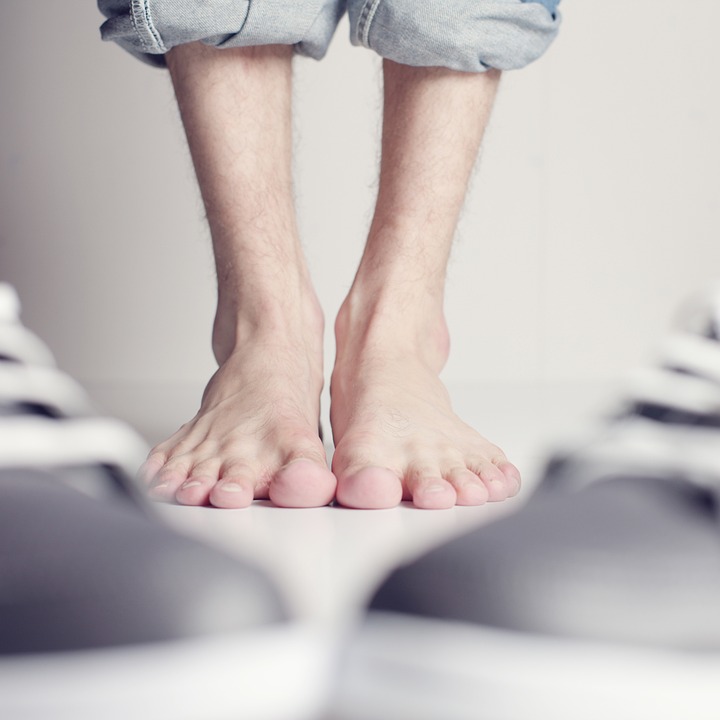Custom orthotics are an excellent option for preventing new injuries. They can even prevent the progression of bunions or high arches. Moreover, they can help correct any discrepancy in limb length. Lifts can be built into orthotics to compensate for these differences. For those who do not need to wear custom orthotics, foam and gel insoles may be sufficient.
Orthotics can be made from durable materials that can withstand pressures, movements, and other conditions. These materials should be comfortable and flexible. Custom orthotics can last up to five years, unlike OTC orthotics. They are made from high-quality materials. However, the lifespan of the orthotic depends on the type of activity you are engaged in, your weight and how well you take care of the orthotic. Custom orthotics are available in a wide range of designs, from heel supports to full-foot insoles and shoes. Each type is made to solve a specific problem.
Orthotics can be beneficial for people suffering from chronic pain or dysfunction of the feet. Custom orthotics are a good option for those with plantar fasciitis, flat feet or high arches. Custom orthotics are not inexpensive, but they are much more effective and long-lasting than generic orthotics.
Over-the-counter insoles: What is the cost?
Insoles are a great way for your feet to stay comfortable while you walk, run, or stand. The cost of over-the-counter insoles depends on the type and brand. Many brands offer gel insoles at a reasonable price. Gel insoles are less likely to wear after a few weeks or months of use. This can lead to a significant, ongoing expense that is far greater than the initial cost of a higher-quality insole.






